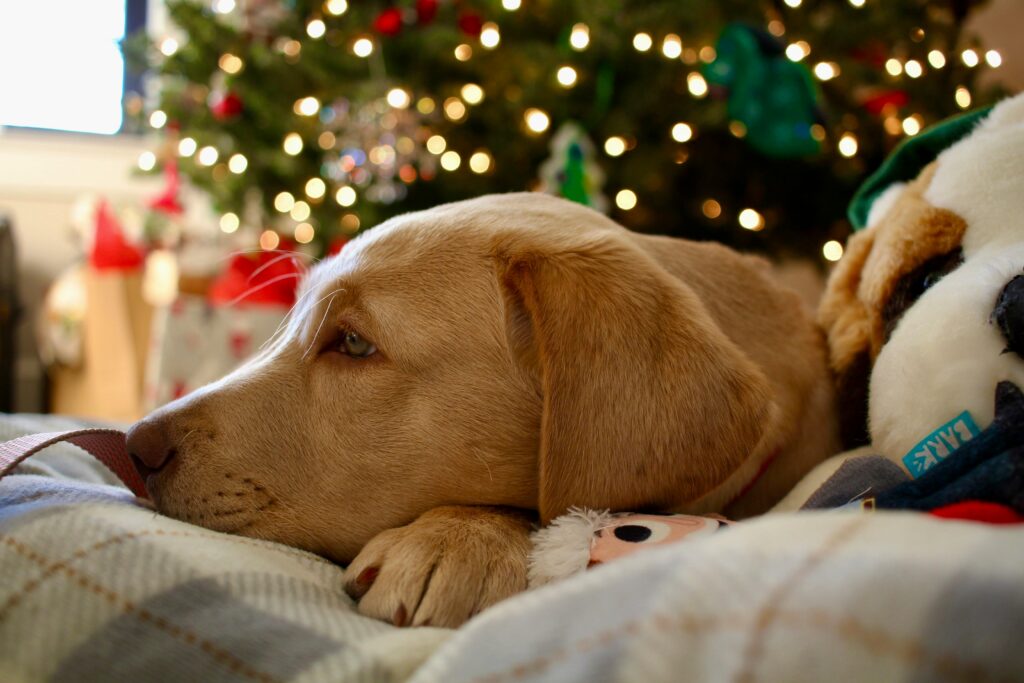
Winter can be a magical season, but the cold weather brings unique challenges for puppy owners. Puppies, especially those with short coats or small body sizes, are more susceptible to the chill. Knowing how to keep your furry friend safe and comfortable is essential during this frosty time of year. This guide will provide practical tips for protecting your puppy in winter, ensuring they stay healthy and happy even in the coldest months.
Understanding the Risks of Winter Weather
Before diving into care tips, it’s important to understand why protecting your puppy in winter is crucial. Puppies are more vulnerable to cold because:
- Their small bodies lose heat quickly.
- Many young pups lack the thick fur coats that help adult dogs stay warm.
- Exposure to snow, ice, and freezing temperatures can lead to frostbite or hypothermia.
With the right precautions, you can shield your puppy from these dangers while still enjoying the season together.
Dressing for Winter: Keeping Your Puppy Warm
A key step in protecting your puppy in winter is ensuring they’re dressed appropriately for the weather.
- Invest in a winter coat: Choose one that fits snugly but comfortably, providing coverage for your puppy’s back and belly.
- Consider booties: Protect your puppy’s paws from frostbite, ice, and road salt with dog booties. They also provide extra grip on slippery surfaces.
- Limit time outside: Even with extra layers, keep outdoor excursions short, especially on very cold days.
Protecting Your Puppy’s Paws
Puppies’ paws are sensitive to harsh winter conditions. Snow, ice, and road salt can cause irritation or cracking. Follow these tips to keep their paws in top shape:
- Inspect paws regularly: Check for redness, cuts, or stuck ice after each walk.
- Apply paw balm: Use a dog-safe balm to moisturize and protect their pads.
- Rinse after walks: Gently wash your puppy’s paws to remove salt and chemicals that can be harmful if licked.
Creating a Cozy Indoor Environment
When it’s too cold to spend time outdoors, focus on making your home a warm and safe haven.
- Provide a warm bed: Choose a thick, padded bed and place it away from drafts or cold tiles.
- Use blankets: Add extra layers for snuggling, ensuring your puppy stays cozy.
- Maintain a comfortable temperature: Avoid letting indoor temperatures drop too low, especially overnight.
Adjusting Outdoor Activities
Protecting your puppy in winter doesn’t mean they can’t enjoy outdoor playtime, but adjustments may be needed.
- Pick sunny hours: Take walks during the warmest part of the day.
- Avoid icy areas: Steer clear of frozen lakes, which can pose slipping and safety risks.
- Keep moving: Encourage active play to help your puppy generate body heat.
Winter Nutrition and Hydration
Cold weather can increase your puppy’s calorie needs as their body works harder to stay warm.
- Consult your vet: Ask if you should adjust your puppy’s diet during winter.
- Provide fresh water: Ensure your puppy always has access to clean, unfrozen water.
- Monitor weight: Avoid overfeeding; a healthy weight is essential for warmth and mobility.
Watch for Signs of Cold Stress
Even with precautions, it’s vital to recognize when your puppy is feeling too cold. Signs of cold stress include:
- Shivering or trembling
- Whining or seeking shelter
- Lifting or licking paws frequently
- Sluggishness or reluctance to move
If you notice these signs, bring your puppy inside immediately and warm them gradually.
Fun Indoor Alternatives
On particularly chilly days, keep your puppy entertained indoors with these activities:
- Interactive toys: Puzzle feeders and chew toys provide mental stimulation.
- Training games: Use the time to teach new commands or tricks.
- Indoor fetch: Clear a safe space for running and playing.
Conclusion
Winter doesn’t have to be a season of discomfort for your puppy. By dressing them appropriately, protecting their paws, and creating a cozy indoor environment, you’re ensuring their safety and happiness. Adjust outdoor activities and pay attention to their nutrition to meet the unique challenges of the season.
Most importantly, stay vigilant for signs of cold stress. With these tips for protecting your puppy in winter, you can enjoy the season together while keeping your furry friend healthy and content. Petsdogpuppy
